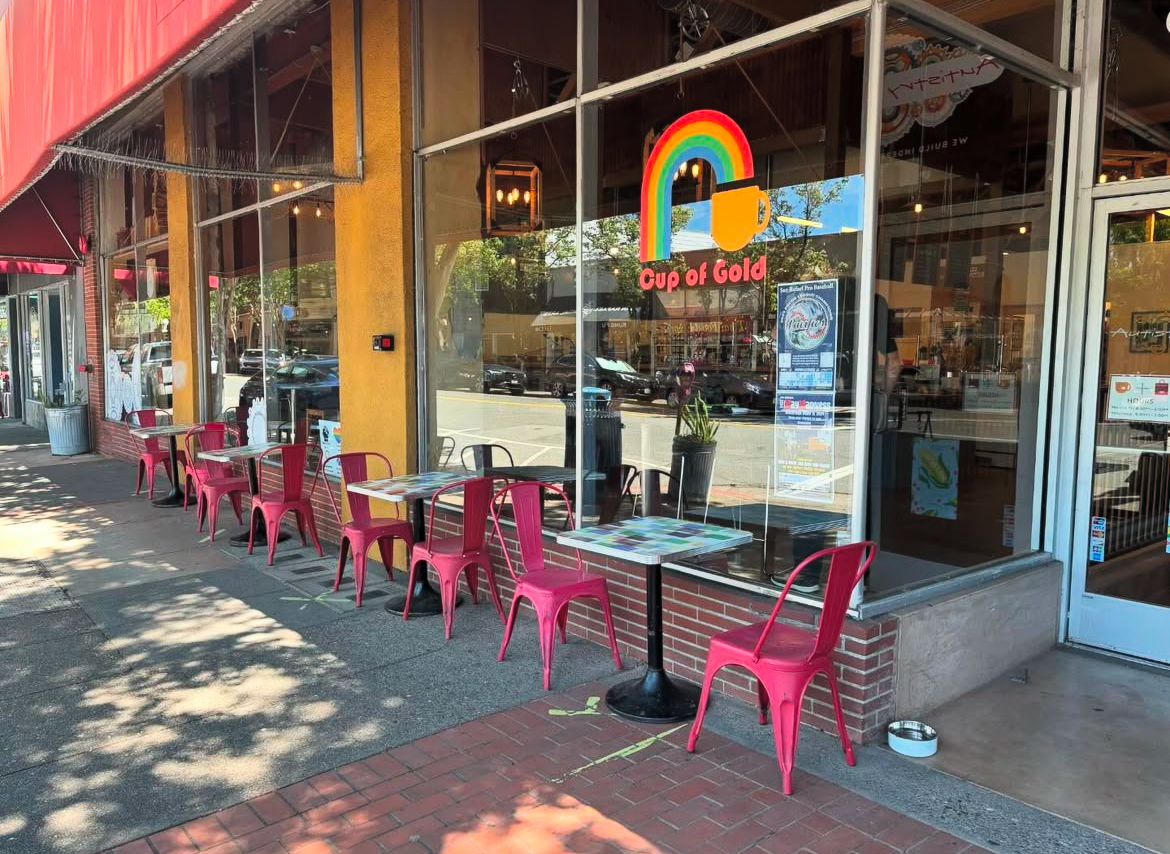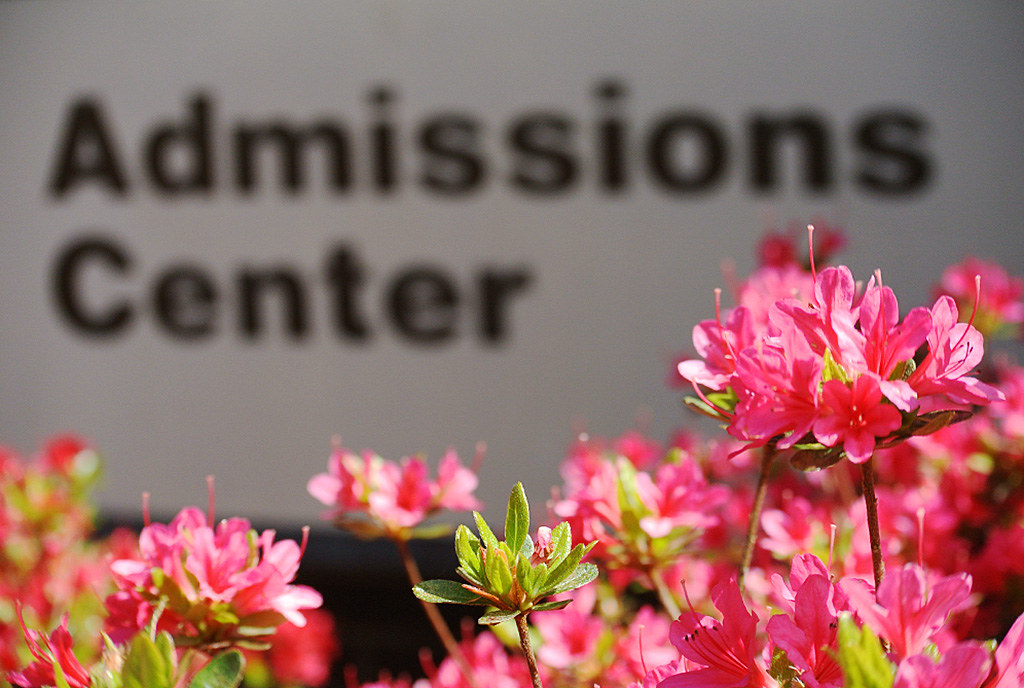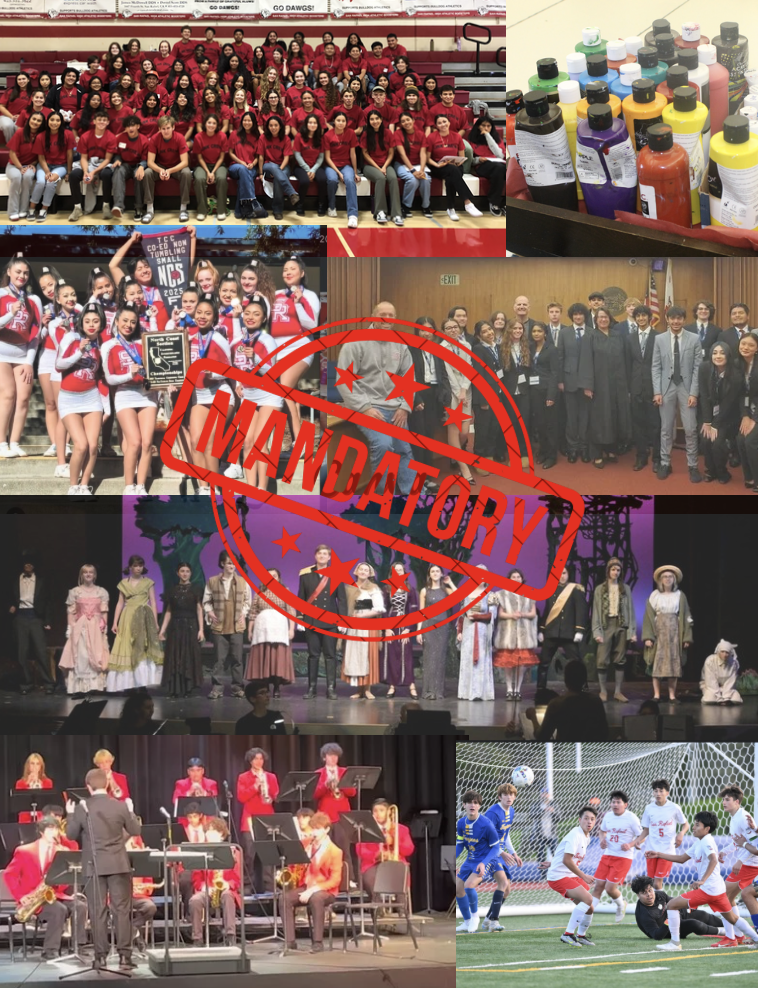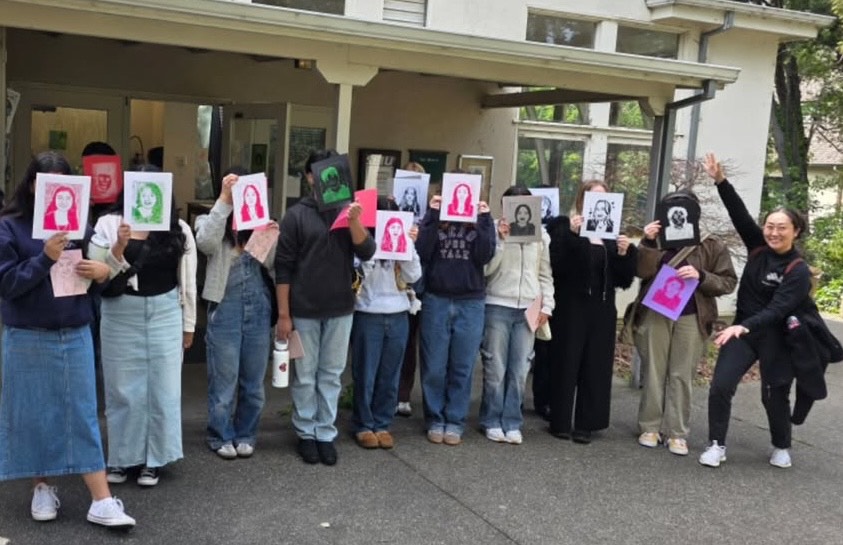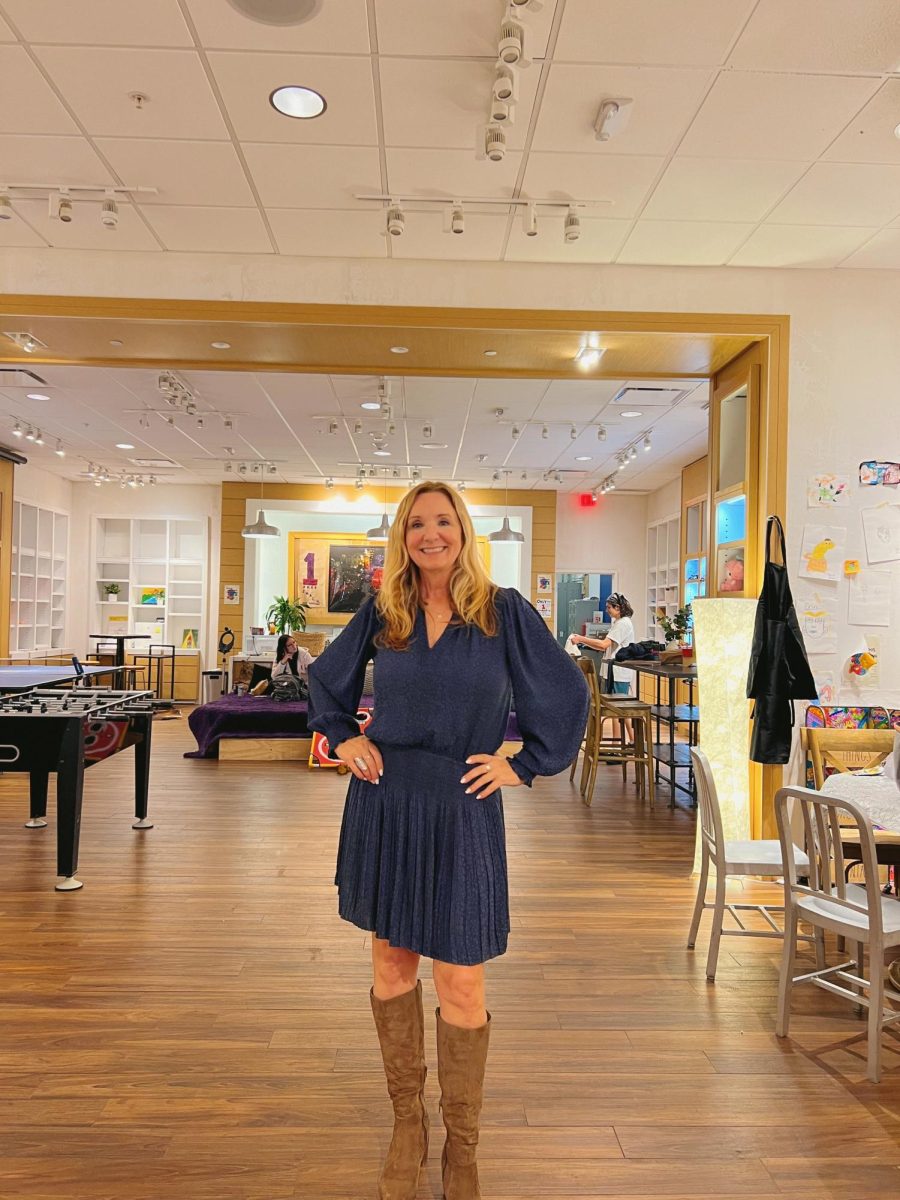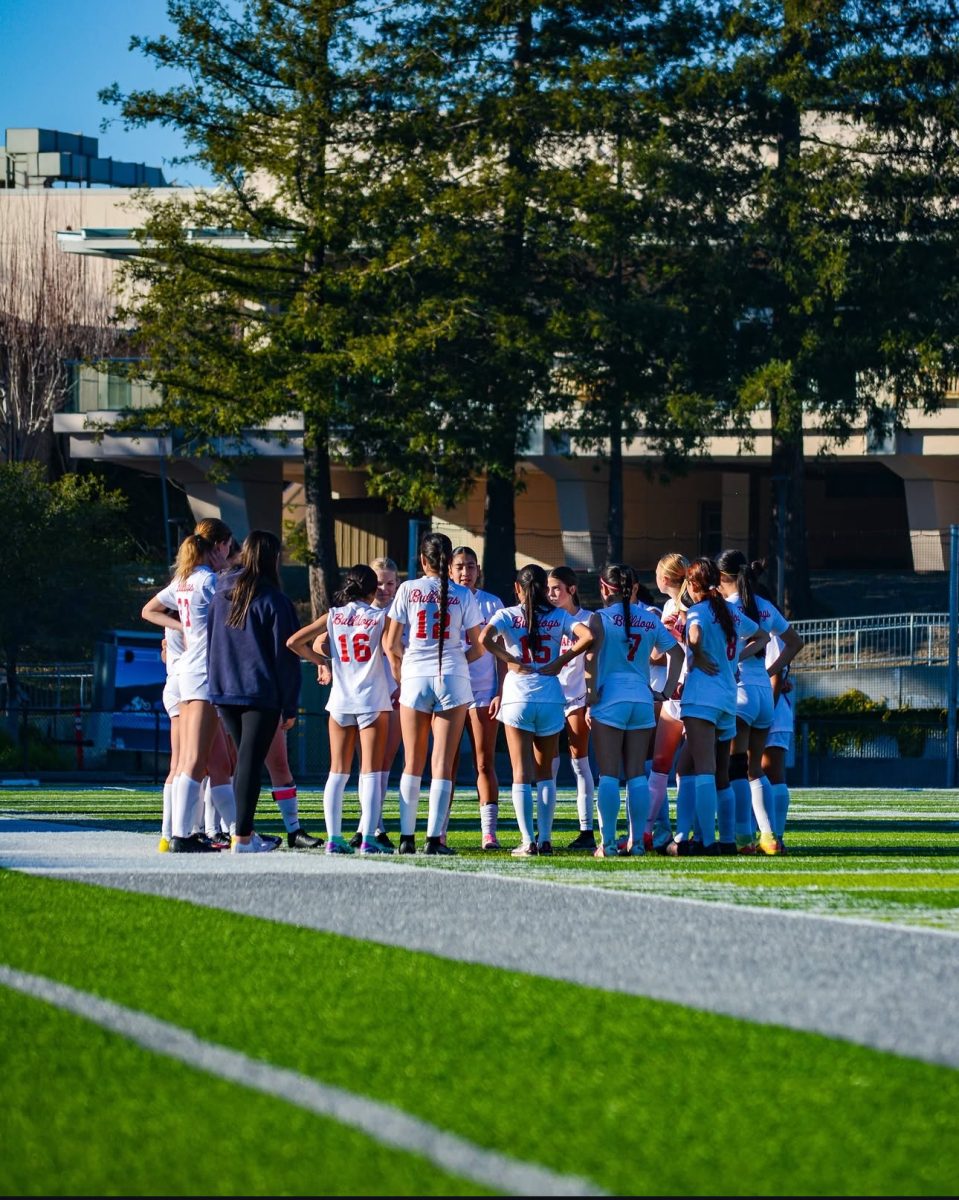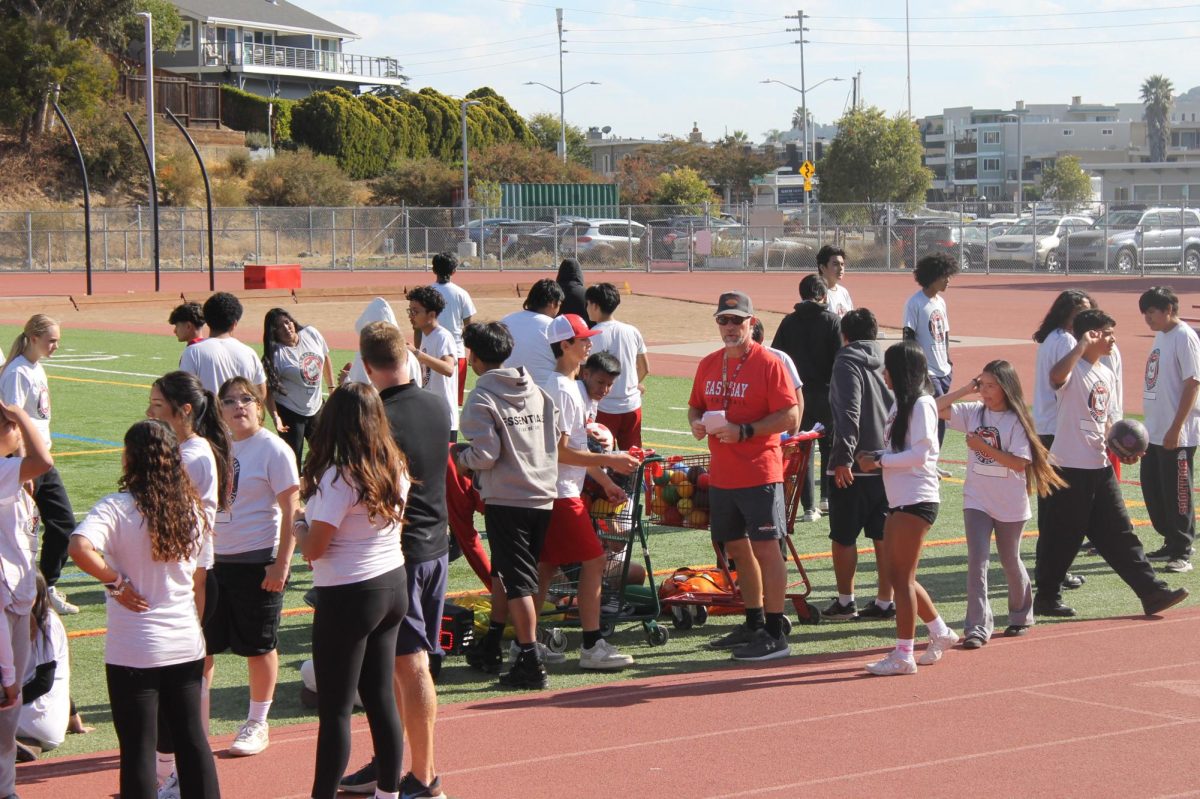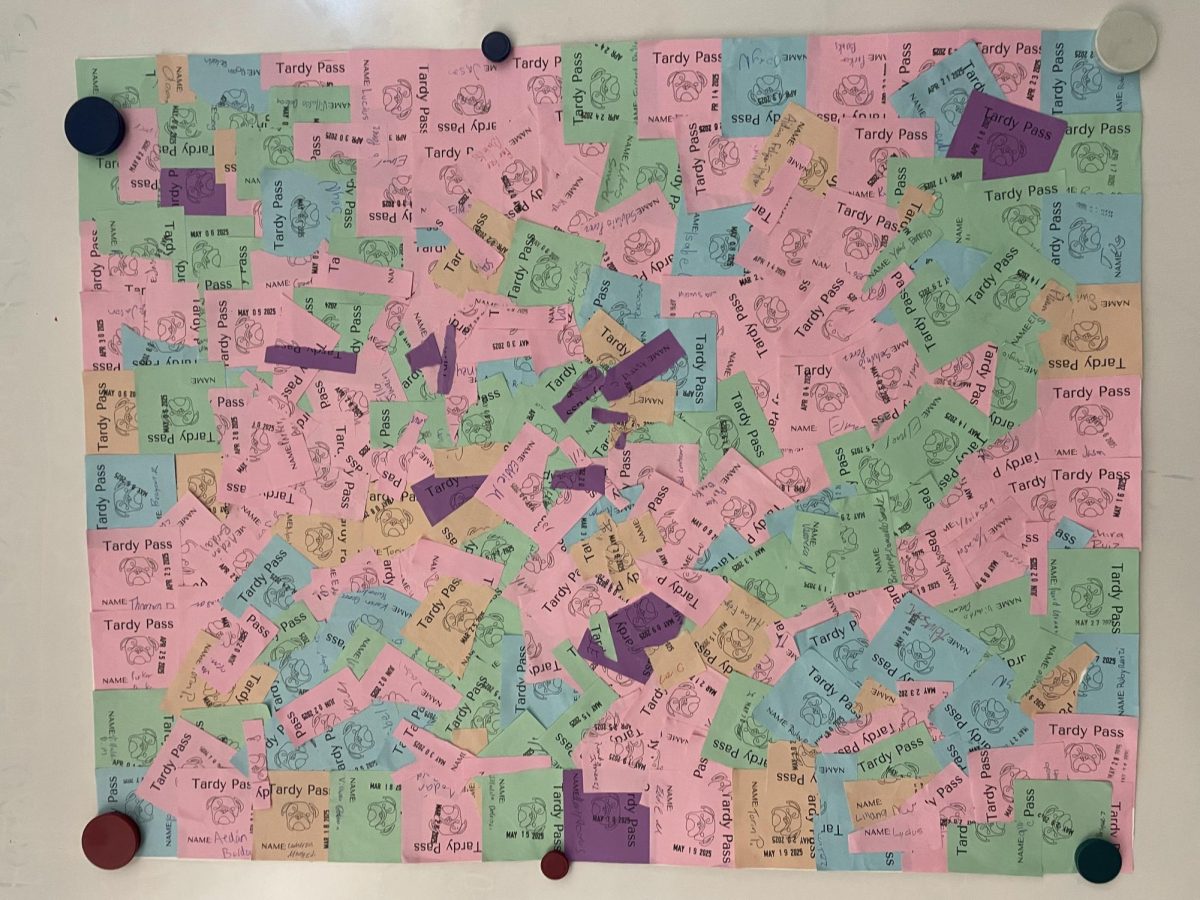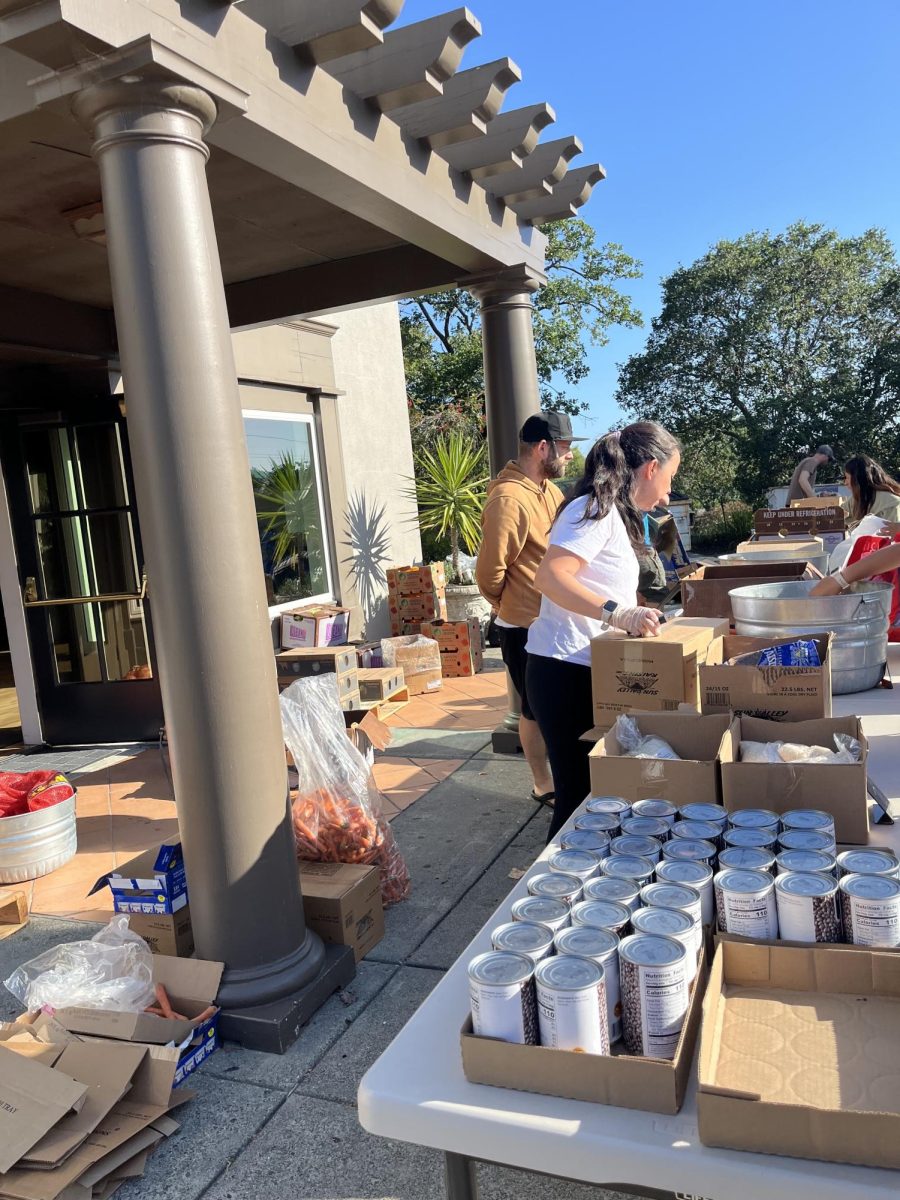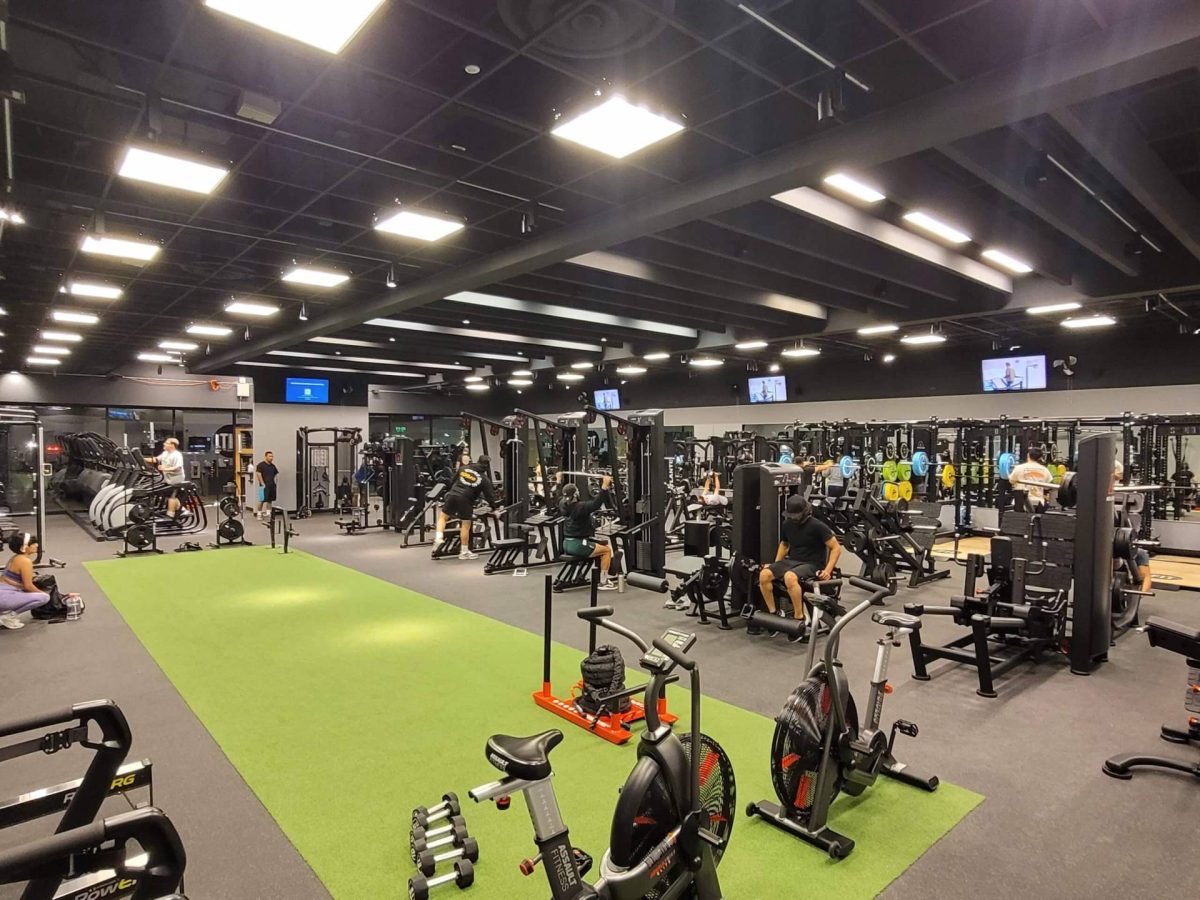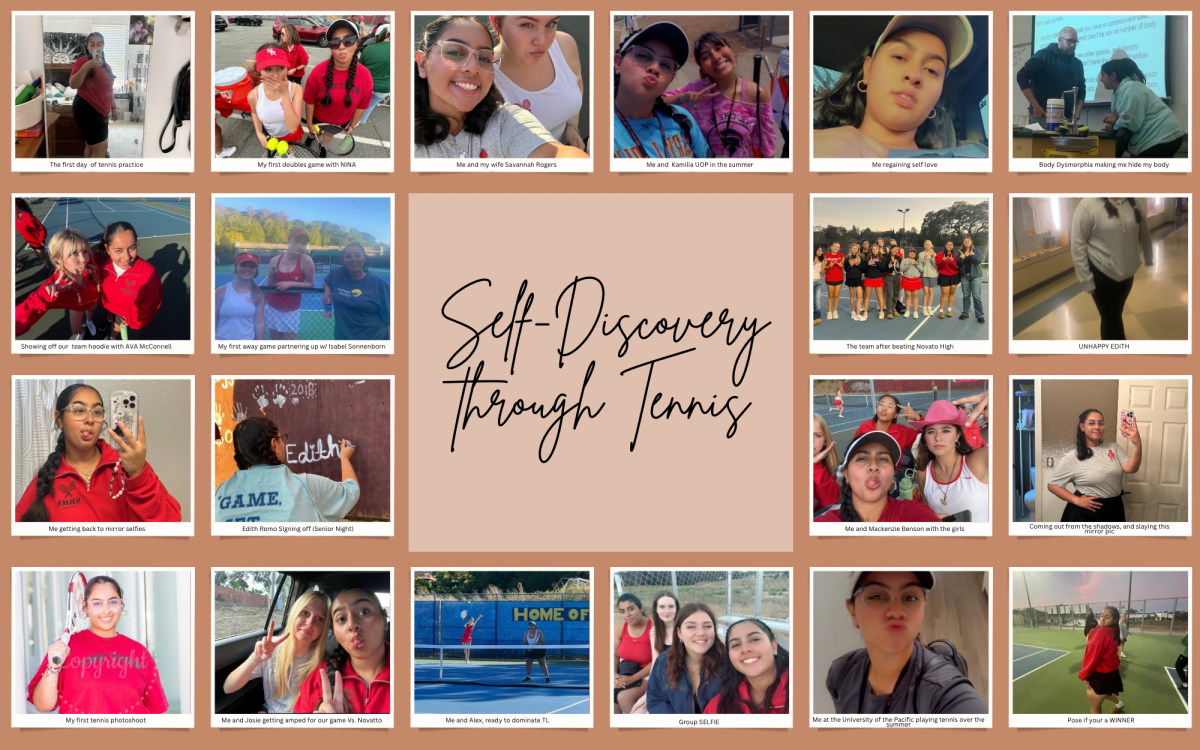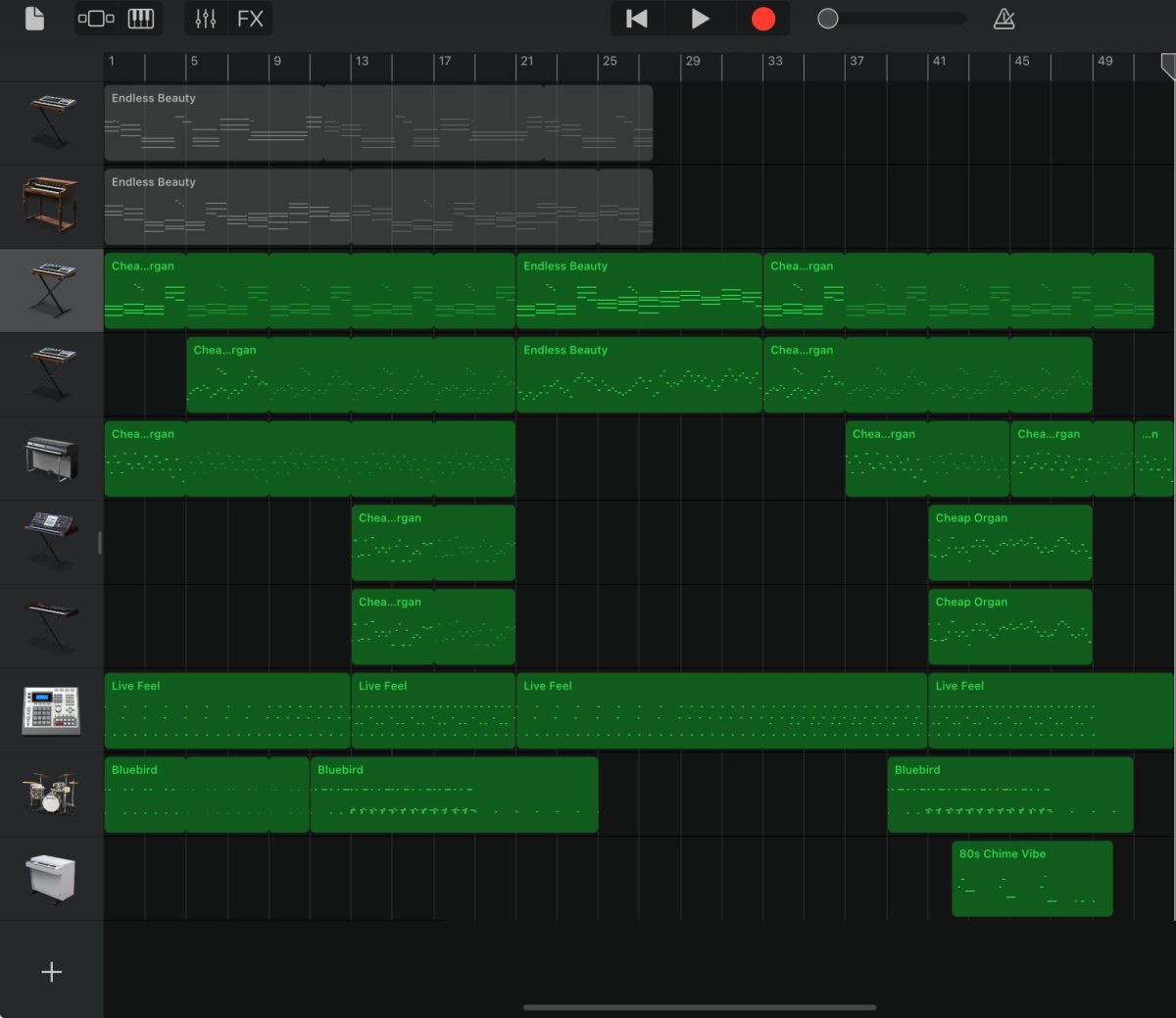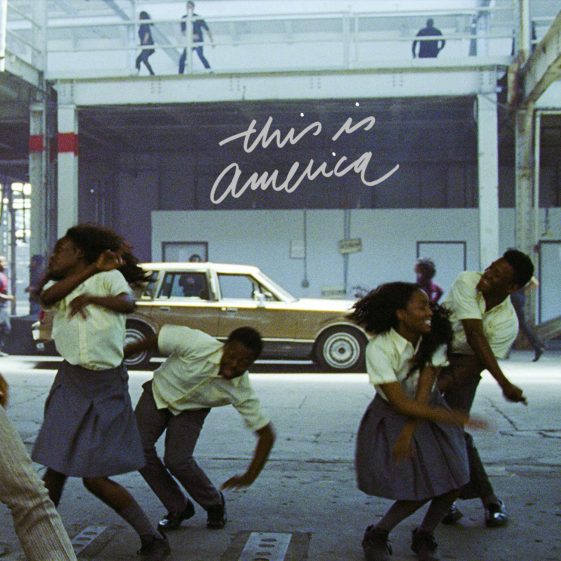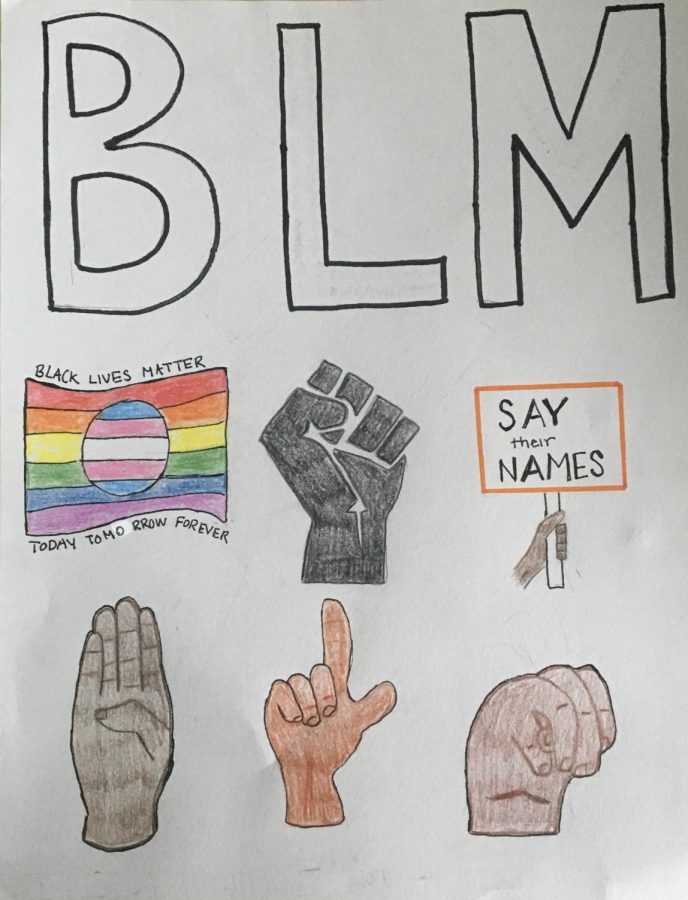It is a shared experience across millions, if somehow not billions of people, the fond memories of food wafting through a kitchen, pan-burned fingers, and painful, onion-stung eyes. Cooking and food are essential parts of human culture that bring people together. The way food and cooking is engaged with by people, however, fluctuates over the years. In these modern times, many still prefer to cook and put their own food on the plate. However, technology has made it simple for others to buy pre-made food.
At San Rafael High School, myriad students cook and bake all the time, for fun, for friends and family, or just because they can. Cooking and baking take their minds off things, make them happy, and make them full. It’s a way to pass time and connect with the people around them. To those students, cooking and baking aren’t just about not living life hungry.
“(Baking) is fun, it’s good for my survival, and it brings a smile to my face seeing people enjoy what I make and what I bake and all that,” said Lucca Lomeli, an avid baker who goes to SRHS. He has not been baking long, starting to get into it a year ago, but said he greatly enjoys it. He also likes to make coffee beverages and other drinks. He feels happy cooking and baking for his friends and family, that being his primary source of joy for baking.
Lucca said he has dreams of becoming a business-owner and creating a coffee shop and bakery later on in life, if he can. “It would be nice for all my friends and all my family to have a spot, to always meet up anywhere, anytime.”
Another student, Andrew Regan, started cooking at 3 years old and has refused to stop since. His mom doesn’t cook much, and encourages him to create new recipes and cook meals.
“The first thing I ever made was cookies, and I burnt them,” he said while laughing. He mentioned that he had photos of the fond incident that had happened in his kitchen hanging on his bedroom wall. Andrew is known among his friends as a great cook, as he often invites them over to cook and bribes them with homemade pizza.
He has old recipes passed down from generation to generation in his family, as well as his own creations. On more than one occasion, he has experimented with ingredients and cooking times, bent over an oven, basting his own perfected ribs recipe, or made old-fashioned mac and cheese out of an old, brown-paged book. He regularly makes dinner for himself, his family, and his friends.
The skills learned when people start to cook at a young age, like how to cut food, choose ingredients, and heat food up in a pan are all-important skills. Whether it is in one’s adolescence or teenage years, these skills are crucial to creating healthy cooking and eating habits for later on in adulthood.
In a report conducted by The Society for Nutritional Education and Behavior, it was found that teenagers who learned to cook benefited from those skills later on. The 2018 report claims that “opportunities to develop adequate cooking skills by young adulthood may result in long-term benefits for nutritional well-being, particularly with regard to cooking and eating behaviors.”
Eating healthy food and making one’s own meals increases dopamine, builds confidence, and encourages self-sufficiency. Even small acts like just making scrambled eggs or spreading jam on toast help build a sense of self and independence.
“I like cooking because cooking gets things off my mind and also because at the end you get a reward,” said Jennifer Armas (10). Cooking keeps her distracted from feeling stressed about life and things like grades, and afterwards, she gets a tasty snack or meal to enjoy.
While many students like to cook in their own free time, that love does not spread to school. Not many schools in California offer a culinary class or curriculum, and the percentage of schools that do offer classes has dropped by over 20% from 2017. Schools lost interest when kids lost interest in cooking. To them, it was more important to put emphasis on STEM or career-specific classes.
“Cooking is pretty fun, takes my mind off everything else,” Andrew said. He said he would join a cooking class if there were one at SR, but that he would have definitely focused less on it.
However, there used to be a class that taught cooking in schools across the country. Home Economics was a class that used to be widespread in the U.S. that taught finance, sewing, and cooking to high schoolers.
Schools lost interest in the classes during the 1970s rise of the frozen TV dinner and changes in women’s roles in society. As mall culture rose and food became quicker to make and cheaper to buy, cooking became a less valuable skill. As a result, Home Economics classes slowly lost students and eventually their spot in the curriculum.
This downfall was mimicked by the cooking club’s debut this past fall in 2024. This cooking club consisted of cooking, usually making some sort of sweet like marshmallows or root beer, once a week during lunch. The next week would be a lesson on food chemistry.
A cooking club seemed like a good idea; it’s something lots of people do, and one gains a snack or meal afterwards. Contrary to what was thought, the cooking club failed after the first semester. It slowly burned out until it was eventually cut in January, not even getting a table for Club Rush.
The cooking club president, Clive Baker (11), says the club failed because, of course, the lack of participation in the club.
“It was hard to make something in a 40-minute time period,” he said. There wasn’t enough time to cook, and it was piling on stress. Originally, there were a large number of members who filled Mr. Plourde’s classroom on Tuesday lunches. However, people quickly stopped showing up in favor of other clubs and to hang out with their friends. Clive said that “a lot of people left.”
One of the big reasons many kids choose not to cook at SR is clear by looking around campus during lunchtime. Hundreds of students flood into the too-small hallways and out the doors of SRHS. Hordes of students bound out of campus in cars or on foot. They go to Montecito Plaza, Whole Foods, Sharetea, or some other place cheap enough for a kid to get lunch with their friends. It takes too long to cook something in 40 minutes, but it is a surplus of time to go buy food.
“You can’t just do that,” Andrew said, “You can’t just get fast food or eat out whenever you want, it’s not good for you. You need to know how to actually cook for yourself.” Eating out is expensive and not always good for you.
Eating out, or specifically ordering in, has become increasingly popular in the past few years. According to the Economic Research Service in the USDA, the average household spendings on food from outside of homes rose from an average of $2000 per household in 2013 to $4000 in 2023, rising by 500 dollars each year until 2023 after the pandemic started. This is partially due to the understandable surge in the use of GrubHub, Doordash, and Uber Eats during the COVID-19 pandemic.
Less shopping at grocery stores meant less cooking, which then turned to more ordering of fast food or pre-made meals. As people stayed home during the pandemic, making meals became less and less convenient, especially since it was so easy to have food delivered. People who used to never eat out started to order food online for dinner, from wherever hadn’t been shut down yet. People put down their pots and lifted up their phones.
Young adults, specifically students in high school to college age, were the primary targets of food delivery companies. They would hire celebrities or make commercials appealing to younger audiences. During the pandemic, increased screen time allowed for more of these ads to cement into impressionable teenagers’ heads. Orders from young people shot up. Now, millions of young people and their wallets suffer the consequences.
“It’s more convenient,” said Justin Calderon, a senior, who said he frequently chooses getting food at the store over cooking food at home. It is much faster and easier to pick something up on the way home or order food online than to go to the store, think, and pick out ingredients that could potentially be left unused.
Of course, there’s no huge, mass aversion to cooking. There’s a balance between eating out and cooking meals that is maintained by a multitude of students at San Rafael High School. As of 2024, there has been an increase in cooking home meals, and from this, more and more students and young people are cooking. Cooking’s needed to survive, to feel alive, and to be good about what you eat.
For SR students, cooking is a way to let go of problems, feel good, and eat well. It’s an essential skill for life that’s more than just for survival. While plenty of students choose to eat out and order in, there is a growing number of students deciding to cook and bake for themselves and their families. The passion put into every dish, every plate, and every meal will never die out, no matter how inconvenient it may become. In Lucca’s words, “it’s good to know how to cook.”


